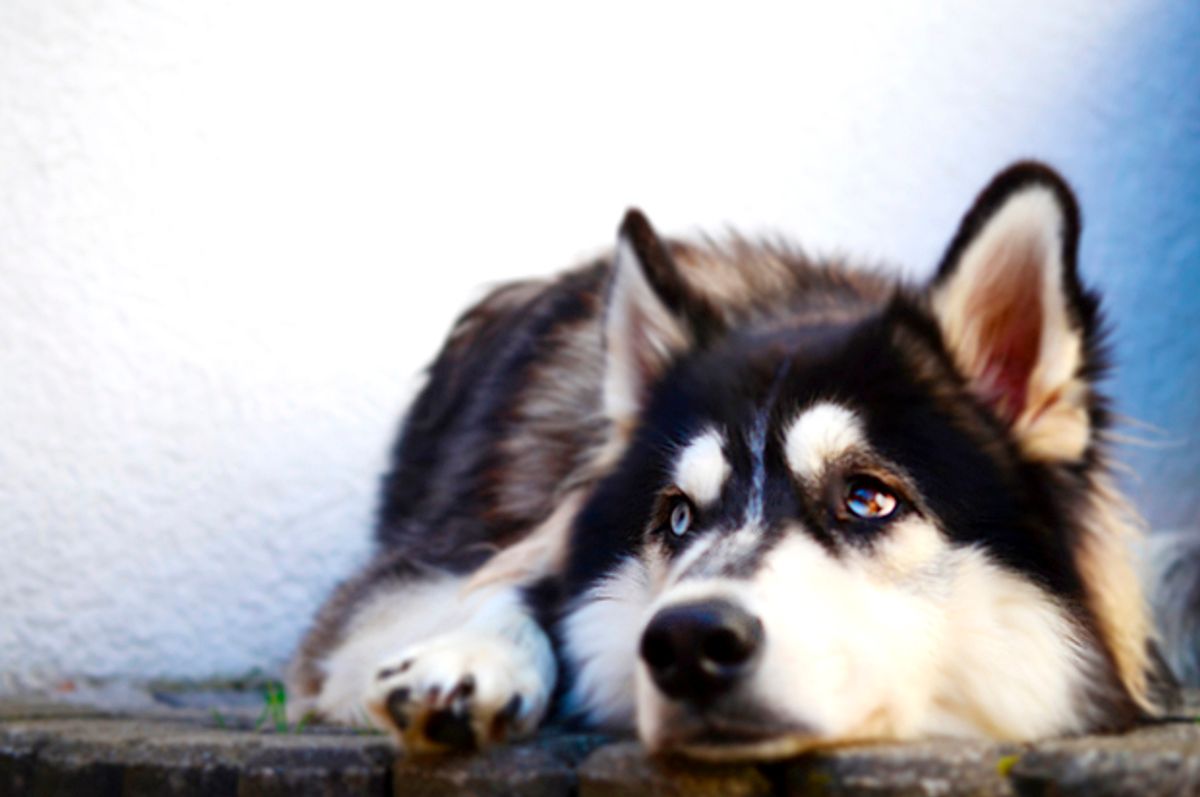Dogs may be man's best friend, but many humans also view them as commodities to be bought and sold. The rise of dog breeding in the 19th century, spurred by a Victorian belief in eugenics, led to a pet culture in which dogs are bought and sold, bred for their "pedigrees, and even inbred to the point that their health is compromised.
Yet while the commodification of dogs might seem a modern trend, genetic studies suggest that dogs were used as financial instruments thousand of years ago. A new study sheds further light on just how dogs may have been traded by ancient humans — in part by looking at their genes.
An international team of researchers led by scholars from the University of Copenhagen studied the genomes of Siberian and Eurasian Steppe dogs, both ancient and historical, to understand their lineage. Although these dogs were genetically homogenous between 7,000 and 9,500 years ago, at least 2,000 years ago they began to show signs of genetic influence from dogs who originated further west. Because archaeological sites that correspond to where these dogs lived also included nonlocal materials like metal items and glass beads, it is logical to assume that dogs were traded as part of a much larger trade network. Indeed, the introduction of these foreign dogs into the Siberian community's canine gene pool also coincided with important developments like the introduction of metallurgy and the use of reindeer for farming and transportation.
"Altogether, this suggests that these profound transformations in Northwest Siberia were linked with the importation of material culture (including dogs) from neighboring regions through the establishment of large-scale trade networks," the authors conclude.
Want more health and science stories in your inbox? Subscribe to Salon's weekly newsletter The Vulgar Scientist.
"It looks like the human populations were more or less genetically isolated and did not mix with outside populations," lead author Tatiana Feuerborn told Heritage Daily. "We do not see that with dogs, which indicates that dogs were traded rather than moving with people. So there definitely were interactions between populations in these areas of Siberia."
Another researcher who worked on the study noted that dog fur was found in clothing artifacts found in those communities, suggesting that dogs' bodies were transformed into commodities after their lives had ended, too.
In recent years scientists have used genetic technology to unlock secrets about how humans long ago traded and bred dogs. Last year another study involving researchers at the University of Copenhagen shed light on when sled dogs like Siberian Huskies, Alaskan Malamutes and Greenland sledge dogs first adapted to the Arctic. Specifically, they analyzed DNA from a 9,500-year-old Siberian dog named Zhokhov and realized that it shared a major part of its genome with the aforementioned sled dogs; this revealed that modern Arctic dogs are much older than previously believed.



Shares